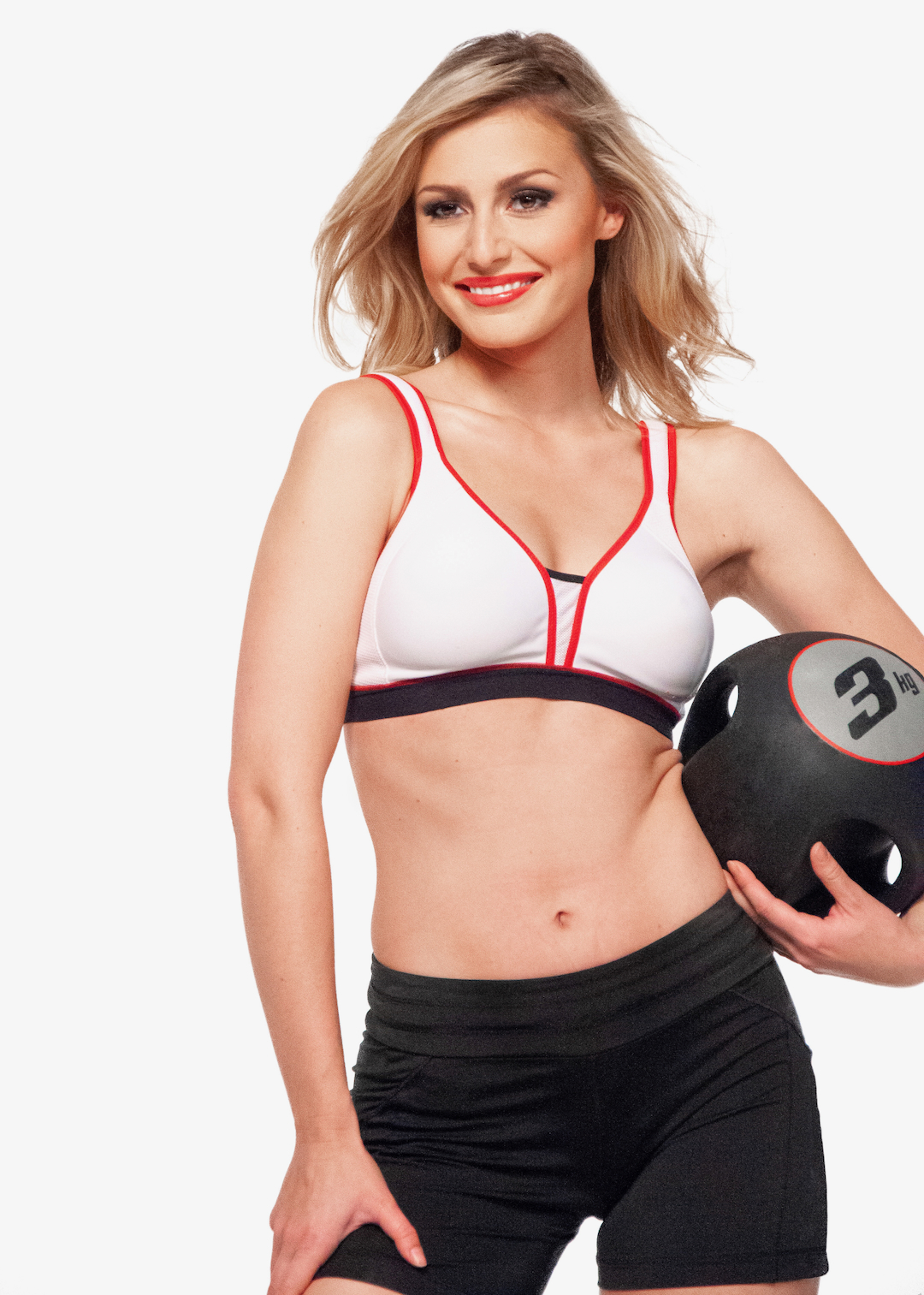

Circuit training can be defined as a form of strength and conditioning training for all kinds of athletes using a bunch of exercises in a row and various training intensities with short rest intervals to achieve a specific training goal.
Goals of Circuit Training Exercises

Before you start with any circuit training you need to define the overall goal first because you got to have a purpose so you can program accordingly. Following are the circuit training goals:
- Caloric Expenditure
- Reduction in Mass (fat)
- Increase Lean Mass (muscle mass)
- Cardio Vascular Improvements
- Time-Based Training
- HRCF (Health Related Components of Fitness)
Caloric Expenditure

With caloric expenditure your focus is on total work performed. Work can be defined as force times distance (Work = force x distance; (force =m x a ➔ m x a x d).
So you are basically looking at your activities and you want to produce as much force as you can through a full range of motion in the highest amount of volume in the shortest period of time.
But that takes a toll on your physical capabilities because if you make that effort too hard then you fatigue before the next exercise commences because you cannot clear enough lactic acid if you are not in good shape.
In other words, it takes some time to buffer lactic acid to lactate and then clear it through all the cells. If you are in very good condition then the lactic acid clearance doesn’t take a lot of time.
But if you are not in good shape then it will take a lot of time and that would defeat the purpose of circuit training.
Therefore, you have to pay close attention to exercise intensities and rest intervals!
Reduction in Fat Mass

Reduction in fat mass has to do with caloric expenditure. When you focus on reduction of mass then many people think they need to train at lower intensities to be in the “fat burning” zone.
But that’s inaccurate because lower intensities also means lower caloric output and in order to lose fat you need to have a negative caloric balance, right?
When you have your athletes working out in the fat burning zone with your programming then you wind up barely losing any calories and if they don’t lose any calories then they don’t burn any fat.
If you want to burn the highest percentage of calories from fat then you have to sleep a lot since a normal size person will burn about 50 calories per pound of body weight per hour, which is more than working out in the “fat burning zone” and I’m sure people rather sleep than work out.
Increase in Lean Mass

How do we encourage an increase in lean mass? By working at 70% – 80% of 1 repetition maximum (RM) at a high volume, which is basically the lower end of bodybuilding.
When you are working out at these volumes and intensities training becomes very draining and you have to adjust overall training volumes and intensities, otherwise you’ll overtrain your athletes.
So, you could do circuits in similar fashion but you have to be smart about it. You probably want to adjust the circuits so you have very good balance between the muscle activity you engaged in because you cannot use the same stabilizers twice, can you?
Rest intervals are usually transitional, meaning you move from one exercise to the next, which means they are generally between 10 and 15 seconds.
Cardio Vascular Improvements

For cardio vascular improvements you use short rest intervals or transitional rest intervals and intensities are pretty moderate because you need to continuously go.
You cannot use something that has a too high intensity because then the transitions cannot be 10 seconds.
If you have 8 exercises to do in a row and intensities are too high then you cannot go and use the 10 seconds to do the next exercise.
What are you going to do? You have to breath to clear up the lactic acid, which means you cannot do the following exercise correctly.
So you screw up better cardio vascular improvements by maintenance of heart rate…awesome!
Time-Based Training

During time-based training you are trying to get the most amount of work done related to what your goals are…and your goals are:
- Cardio respiratory ability
- Muscular strength
- Muscular endurance
- Flexibility
- Body composition
Body composition can be defined as the ratio between lean mass and non-lean (fat) mass. Since it’s a ratio, it allows you to improve overall body composition by increasing muscle mass (lean mass).
General Circuit Training Recommendations

The total duration of the circuit(s) shouldn’t be over 30 minutes. The rest intervals between circuits are generally 1-2 minutes so you can clear your system, rephosphorylate and do it again.
If you deal with very fit athletes (MMA) rest intervals between circuits can be 45 seconds but for deconditioned athletes it can be up to 3 minutes.
Circuit Training Exercises
Recommendations for Cardiovascular Improvements, Caloric Expenditure & Reduction in Mass
Cardiovascular Improvements
When you use resistance training for aerobic activities, the 1st circuit is for cardiovascular training but if you use intensities that are too high for the circuit training than you work anaerobically.
So what percentage of 1 repetition maximum (RM) are you going to use when you circuit train? First you have to determine how long the actual interval is going to last (1 minute is usually pretty good) and then you have to decide on how many reps you want to do so you know how much work is done.
When you do an exercise, one repetition takes about 3 seconds on average. So, if you are putting this in perspective and do the circuit for cardiovascular training how many repetitions do you want to get?
Above 15 because 15 reps x 3 sec/rep = 45 seconds. 45 seconds plus 10-15 seconds of (transitional) rest = 1 minute interval.
Now, if you look at the 1RM percentages (Resistance Intensities Summary) then 50-60% of 1RM allow you to do 20 repetitions or more.
Resistance Intensities Summary
20 reps = 60% of 1 RM, requires transitional rest (10-15 seconds) recovery
15 reps = 65% of 1 RM, requires 30 seconds recovery for same exercise/body part
10 reps = 75% of 1 RM, requires 60 seconds recovery
8 reps = 80% of 1 RM, requires 90 seconds recovery
work interval = 3 seconds per movement
20 reps @ 60% intensity = 60 seconds work intervals
rest intervals – transitional rest is 10 – 15 seconds
So, that’s why you should be using 55 – 65% intensity (15 – 25 reps) for resistance exercises so you can train more tissue in a circuit and I also target proper muscle balance.
You don’t really want to do more than 25 repetitions because then you get beyond what the actual necessity is.
Circuits for Caloric Expenditure & Reduction in Fat Mass

For “caloric expenditure” & “reduction in mass” the repetitions need to be higher because intensities need to be lower, otherwise you produce too much lactic acid.
So how many reps do you like to see? 15 to 20 reps. 15 reps will translate into 45 seconds (15reps x 3sec = 45).
Then you want to shoot for rest intervals of 10-15 seconds (often considered transitional rest).
So, a circuit of 8 exercises with 20 reps at 50% of 1RM will amount to 8 min of work (20 reps x 3sec x 8 exercises = 8min). If we have 15 seconds of max rest then we get (15 seconds x 8 = 120 seconds = 2 min) a total of 2 min of rest.
Therefore, the entire training circuit will last 10 minutes.





